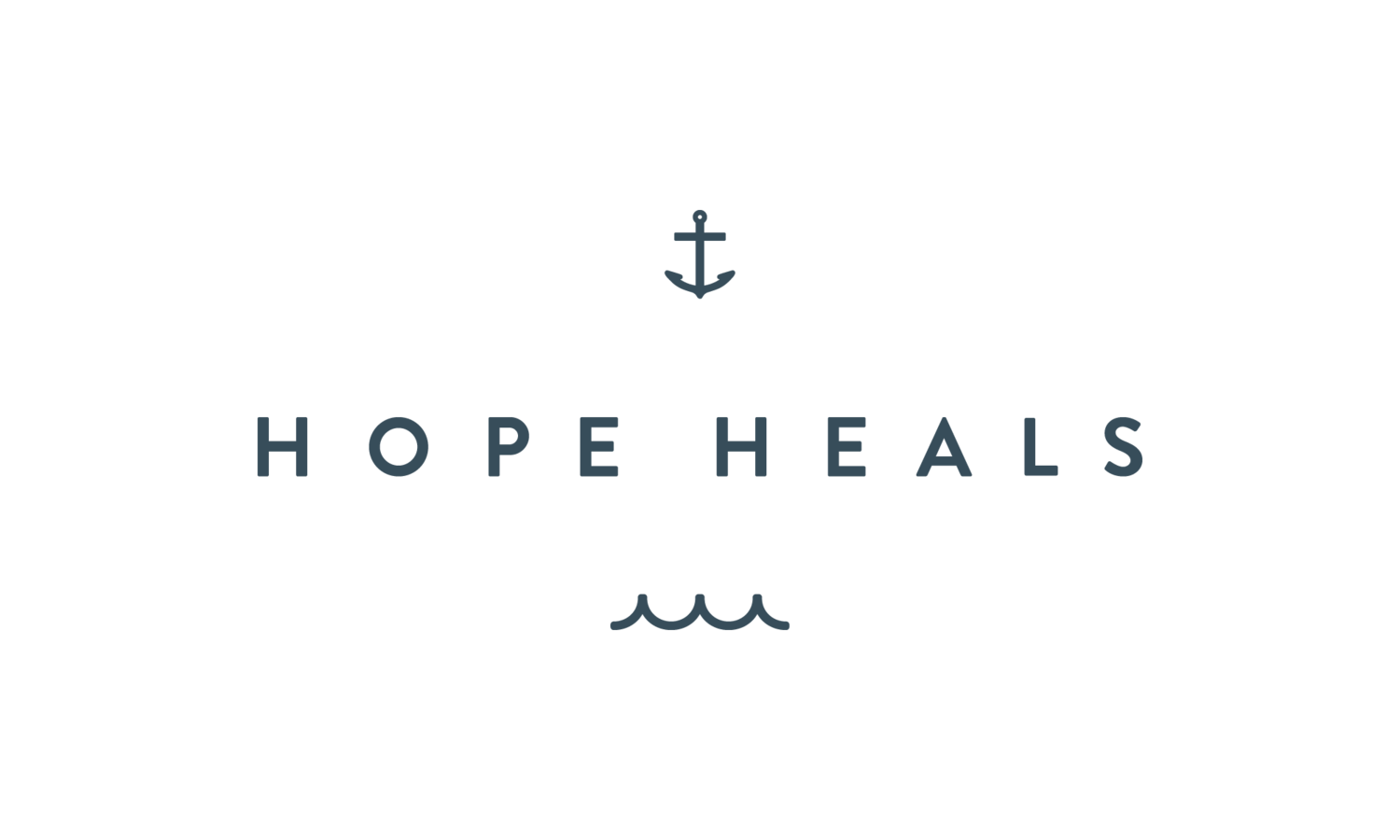The Identity of Hope
In 2008, we were living an idyllic life with our 6-month old son, James, in Malibu, CA. From our married housing dorm window, you could just glimpse a dark blue swathe of Pacific Ocean. We were active leaders in our church though we were just 26 years old at the time. Our faith had exponentially grown in that season of new marriage and within the crucible of the dynamic city of Los Angeles. Katherine had rather stumbled into a commercial-print modeling career, while I was on track to be an attorney.
Life was full, overflowing with our hopes and expectations of a new season with growth and opportunities ahead. And then, on April 21, 2008, in the span of a few moments, all that we expected for our future rushed away like a waning ocean tide.
Katherine was cooking a meal to take to friends with a new baby while our newborn napped in the next room. I came home unexpectedly from law school classes to finish up a paper for one of my final exams. I was to graduate in 3 weeks, and a big shift to post-grad school life was palpable. Change came early, and when it came that day, nothing would ever be the same.
A rare, microscopic abnormality in Katherine’s brain, an AVM, that had been there—unbeknownst to her—since birth, began to rupture. She was taken from that place, our first home, on a stretcher. She would never return.
Through God’s inestimable grace, made manifest in a courageous neurosurgeon at UCLA Medical Center, the laws of nature were suspended, and Katherine lived. A small spark of hope ignited in my soul and in the lives of family and community though she lay in an ICU bed, barely conscious with parts of her brain gone and parts irreparably damaged. Thus began our new life and a chance to find a new identity and a new hope therein.
In the years following, we have tasted and seen a God who gives life to dead things. Katherine’s survival and recovery from a brain stem stroke deemed “catastrophic” were nothing short of a miracle, even in the words of her doctors. We have seen the body of Christ make the intangible God tangible through their sacrificial love for our family. I have witnessed my wife, imbued with the Spirit of God, rise from the depths of suffering, scarred but indomitable.
And yet, we have continued to experience unexpected loss, suffering, and immense pain, physically and emotionally. When I thought we had been through more than we could bear, another seemingly insurmountable challenge lay ahead. We have seen the brokenness of this world in the microcosm of the lives of people with broken brains, and such darkness is soul-shaking. After 4 years of almost constant therapy to re-learn to walk, out of the blue, Katherine severely broke her leg. She’s had 11 surgeries, most recently another brain surgery for a small aneurysm unrelated to her stroke. The future of her health is uncertain.
The transcendent world of a life-giving God tumbles in tandem with a creation utterly decaying into death. As believers, how do we find our selves, how do we know and live into the truth of who we are when our lives are stretched across these opposing realities? How do we not shy away from whole-hearted living while simultaneously holding our tenuous existence with open hands?
ADJUST EXPECTATIONS
We live and die on our expectations. Our worlds often crumble when the real experience of our lives differs from the story we told ourselves about what our lives would be. But whoever told us we should expect the life we’ve constructed in our heads? On the contrary, in John 16:33, Jesus cautions us that in our world we will face trouble, trouble that will rattle us to the core. But then, the blessed, “TAKE HEART” bolsters us to wait on our overcoming savior to deliver us from this troublesome place.
We have far too many expectations for our lives, lives that will be lived out in the constraints of an unknowable future. Sadly, we correspondingly have too few expectations of God. There is no way to find our identity in the tension between defeat and victory, death and life, until we turn our expectations upside down. Expect LESS from this life. Expect MORE from the God who will restore it all. When in faith, we open our hands to release everything we hold so dear in life, we simultaneously position ourselves to receive more of Him.
REDEFINE HOPE
As believers, we so often confuse the transcendent HOPE of the Bible with the flimsy idea of hope used by the world. When our lives were turned upside down, the need to accurately define the hope to which we desperately clung became of utmost importance. Our hope could not be anchored on a completely unknown future or on a body and brain that had and would fail. If hope is defined by things or circumstances or even people, when those things break or those circumstances change or those people leave, our hope will go with them. Hope must be defined by something alive, something that will never die—and there is only one for whom death has no claim. Jesus is our living hope.
When our hope is in Christ, we are free to engage the storms of life with humility and courage because in Him all things hold together, even the things that are falling apart. When our lives are anchored in the hope that is Christ, we find ourselves, our true identities, not in spite of the storms but because of them.
